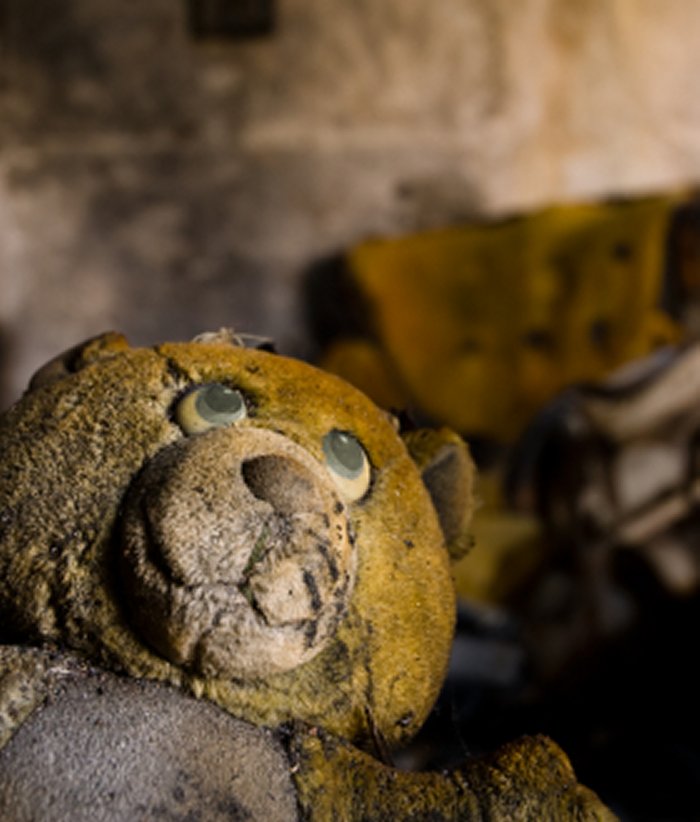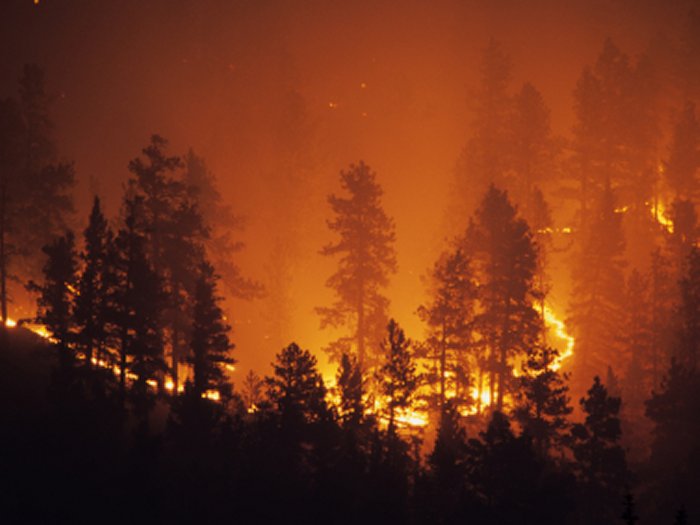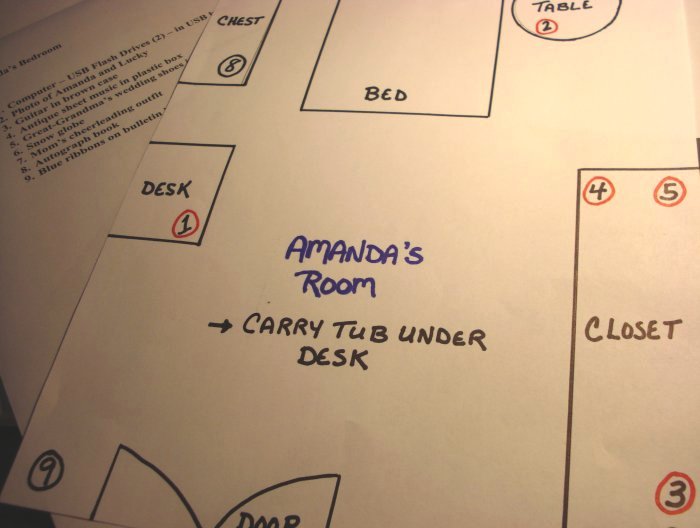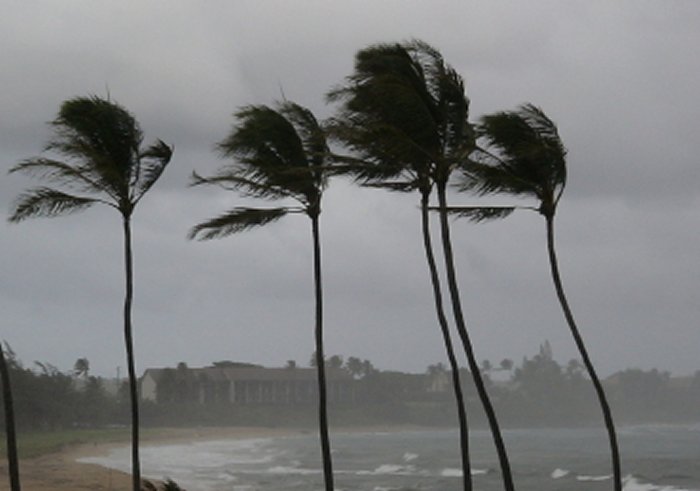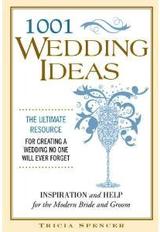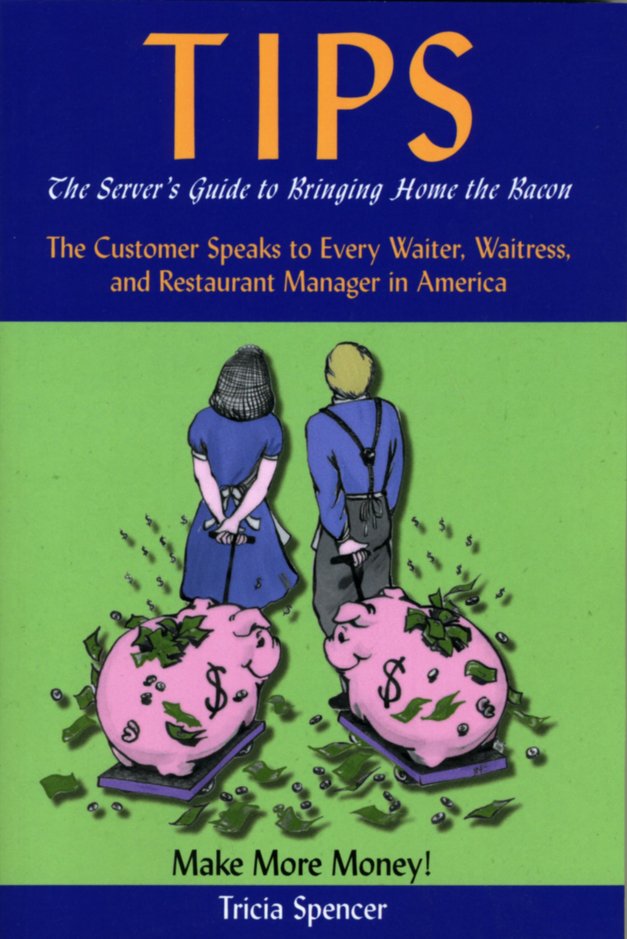Natural Disaster Evacuation Possessions Survival
How an Emergency Book for Valuables Can Save the Treasures of Life
Saving Possessions in a Natural Disaster Matters
Chaos often ensues when the fire department or the National Weather Service gives the mandate to evacuate. But in ten minutes, a way of life can be saved.
The loss of a home to fire, flood or catastrophic winds is horrific, but it can be the loss of personal items that cuts the deepest. Irreplaceable heirlooms, photos and personal treasures are an important cornerstone of every person’s life.
Why Organized Emergency Preparedness Matters
Saving lives is always the top priority in natural disasters, and emergency
personnel should never be asked to help save material possessions. It is up to
every person to save his or her own personal keepsakes, and the only way to
effectively do so is to be organized.
Thinking clearly is not easy when the air is thick with smoke or the
floodwaters are rapidly rising, and every second counts. Struggling to
remember where Grandma Ivy’s wedding certificate was last seen or where the
box with Great-Uncle Ben’s favorite antique pipe is stored wastes precious time.
To save possessions that mean the world, an organized plan is critical.
Disaster Preparedness Begins With an Emergency Book for Valuables
Keeping every personal item locked away simply to make them more accessible during a natural disaster is impractical, and doing so decreases the enjoyment of everyday life. Cherished possessions bring happiness when they are viewed, used or shared.
The cost of saving those priceless mementos begins with a less than $5 investment. It begins with a three-ring binder.
• Diagrams and Lists: Every room in the house should have its own section
Diagrams and Lists: Every room in the house should have its own section
within the binder. The first page should be a simple diagram of the room and its
furnishings.
The page that follows should contain a description of each possession on the
“save” list.
• Prioritizing Possessions: Giving each item on the list a number according to
Prioritizing Possessions: Giving each item on the list a number according to
priority tells anyone who has the book what items should be grabbed first. Once the
list is completed, the next step is to place the item’s designated number inside a circle
on the page diagram. This allows any person to go directly to an item in any room.
Placing the top 5 numbers in red on the diagram means those are the items that matter most.
• Emergency Book of Valuables Locations: By using photocopied pages, it’s easy to keep the list and diagram updated and fresh as items come and go or get relocated in the home. There should be a minimum of three identical books. Two of them should be kept in the home in separate, accessible locations, along side standard emergency plan directives, and one should be placed with a trusted friend or family member who does not live in the house but does live close enough to assist in an emergency. If that designated person has a key to the house, he or she can help save possessions even if no one who lives in the home is present when disaster strikes.
Emergency Book of Valuables Locations: By using photocopied pages, it’s easy to keep the list and diagram updated and fresh as items come and go or get relocated in the home. There should be a minimum of three identical books. Two of them should be kept in the home in separate, accessible locations, along side standard emergency plan directives, and one should be placed with a trusted friend or family member who does not live in the house but does live close enough to assist in an emergency. If that designated person has a key to the house, he or she can help save possessions even if no one who lives in the home is present when disaster strikes.
• Book Utilization: Keeping the list of items on a computer is not sufficient. In an emergency evacuation, there is no time to fire up the computer and print out lists or diagrams. Further, if there are multiple people in the house when the call to evacuate comes, the binder can be opened and sections can be distributed to each person available to help. Even neighbors or strangers could assist if given a specific room’s diagram and list. This multi-person effort significantly increases the opportunity to save more valuables.
Book Utilization: Keeping the list of items on a computer is not sufficient. In an emergency evacuation, there is no time to fire up the computer and print out lists or diagrams. Further, if there are multiple people in the house when the call to evacuate comes, the binder can be opened and sections can be distributed to each person available to help. Even neighbors or strangers could assist if given a specific room’s diagram and list. This multi-person effort significantly increases the opportunity to save more valuables.
• Transportation: Every room should have its own storage tub for gathering saved items. Rubber or plastic tubs with lids and handles are effective for packing and carrying. There is little reason to amass treasured items then have no way of transporting them from the home. Tubs are essential.
Transportation: Every room should have its own storage tub for gathering saved items. Rubber or plastic tubs with lids and handles are effective for packing and carrying. There is little reason to amass treasured items then have no way of transporting them from the home. Tubs are essential.
• Roof racks: Bungee cords, rope and fabric rooftop bags all help to insure safe transportation.
Roof racks: Bungee cords, rope and fabric rooftop bags all help to insure safe transportation.
Keeping these items at the ready is crucial.
In-Home Disaster Protections
In an evacuation, vehicles must first be filled with people, pets and survival essentials, making it beneficial to have alternative plans for those treasured items that cannot fit and must be left behind. Some helpful protections include:
• a fire safe – for papers, jewelry, cash, coins, videos and dvds
a fire safe – for papers, jewelry, cash, coins, videos and dvds
• fire proof and water-safe file or supply cabinet – for anything of value that will fit
fire proof and water-safe file or supply cabinet – for anything of value that will fit
• fire blankets – to extinguish small fires or to cover people and property during transportation through fire
fire blankets – to extinguish small fires or to cover people and property during transportation through fire
• waterproof bags – to hold anything that will fit within the watertight seal
waterproof bags – to hold anything that will fit within the watertight seal
• ceiling hooks – to hang bags above rising waters
ceiling hooks – to hang bags above rising waters
Emergency Planning Should Never Wait
The time to plan for an emergency evacuation is now. If an authoritative agency mandates an evacuation because of fire or other natural disaster, there will likely be little time to comply.
Is the protection of life’s grandest treasures worth a few three-ring binders and a bit of time and organization? Those who have lost it all would surely say “yes.”
Fire Evacuations Need Organization and Forethought
An Emergency Book Saves Cherished Items
Carry Tubs Are Evacuation Essentials
Being Prepared Before the Natural Disaster Occurs Makes All The Difference
The copyright of the article Natural Disaster Evacuation Possessions Survival is owned by its author, Tricia Spencer.
Permission to republish any part of the article in print or online must be granted by the author in writing.
Timeless
Life and Living
with Tricia Spencer
Sources:
CNN.com
FEMA
